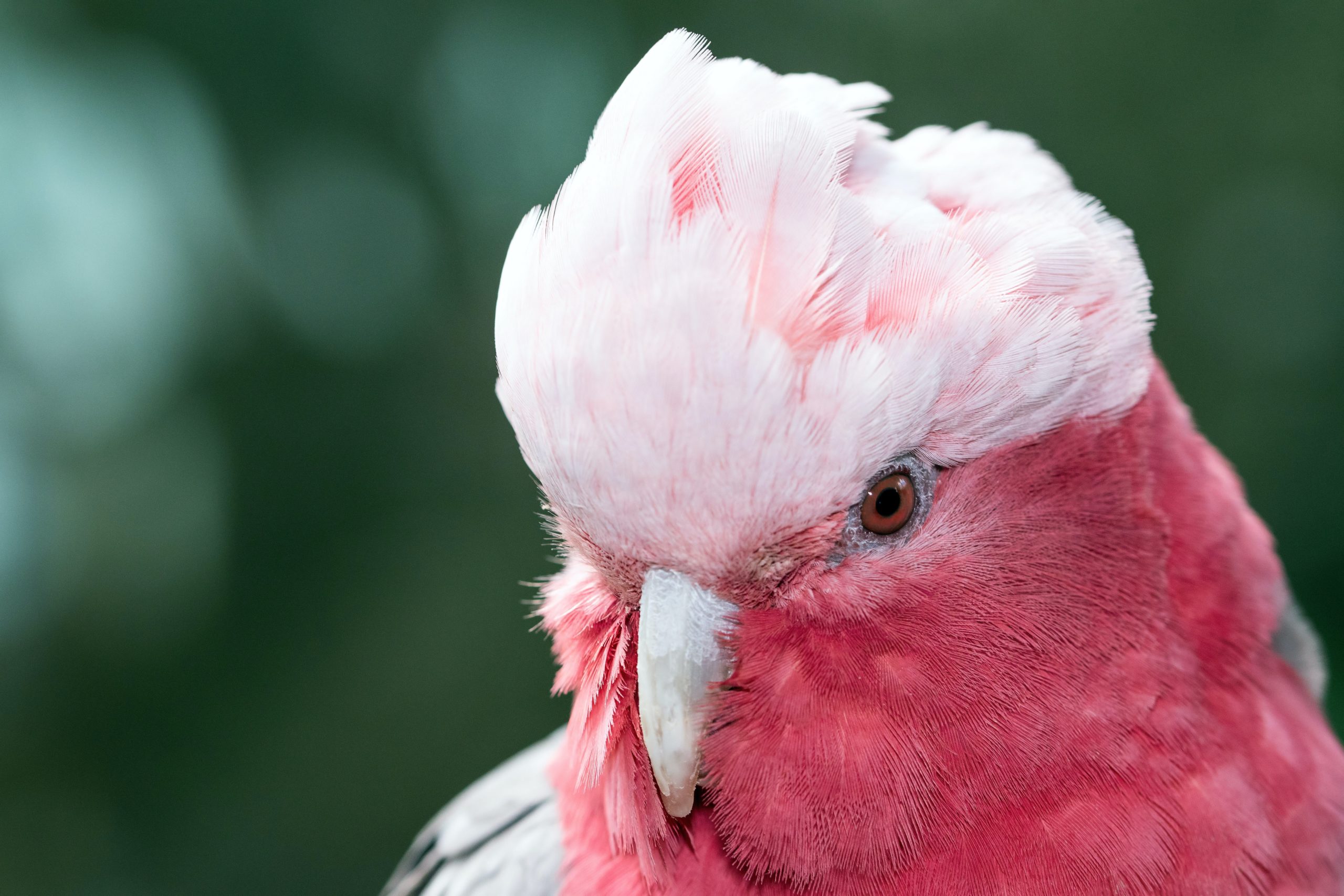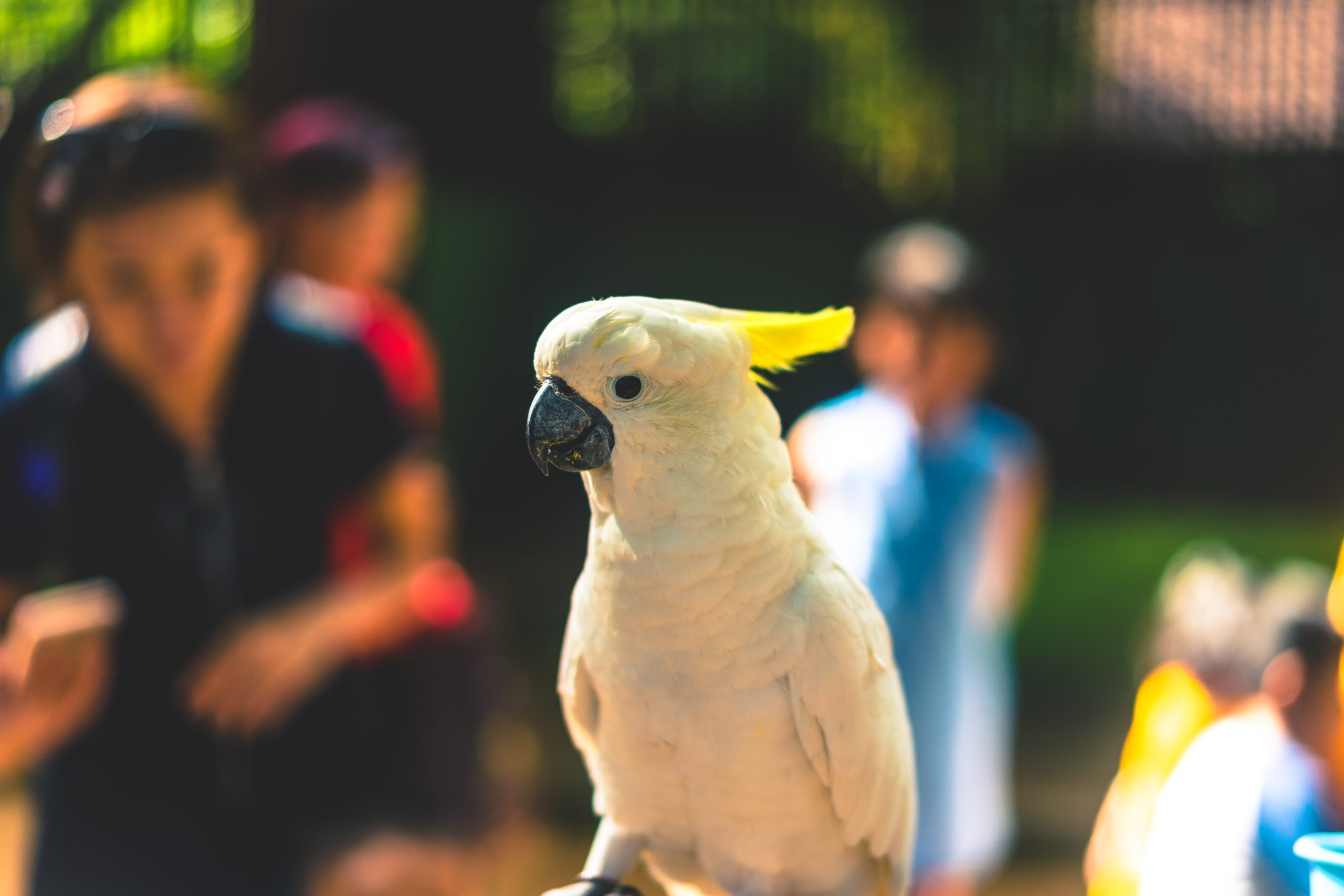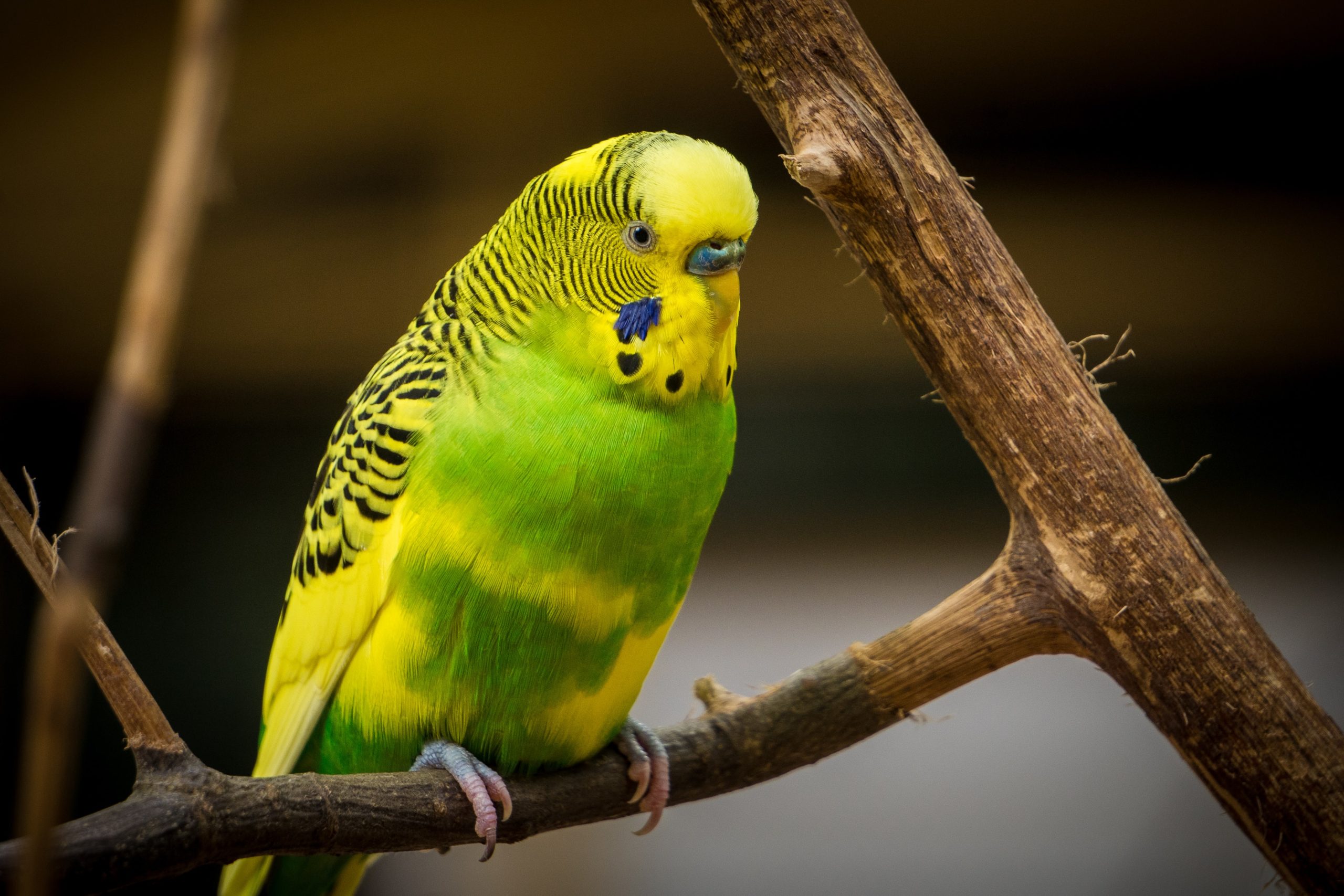Are you thinking of taking your pet on holidays with you this year? Even a short trip to the vet requires planning to ensure your pet travels safely.
Most pets generally tolerate travel well, and can be transported by car and aeroplane as long as you are prepared and follow a few simple rules.
Fear of car travel
Many dogs are fearful of the car if they were not exposed to car travel early in puppyhood. Trial your dog in the car for some short trips first to gauge his response, then gradually increase the length of the trips. If your dog has a fearful response, start by having the dog sit as close to the car as possible, then gradually move the dog towards the car. Reward him if he shows no fear.
Remember to have the dog on a lead so that it cannot escape from the situation – if it starts to show fear take it back a couple of steps and have him sit a few metres from the car and reward good behaviour. You will need to restart from this level. If possible, feed the dog his meals in the car. Once he can sit in the car without trembling, start the engine. If he starts trembling, stop and the next day go back a step until you feel you can start the engine again. The next step is to move the car a few metres, then further, always rewarding non-fearful behaviour.
Motion sickness
Dogs and cats may be susceptible to motion sickness just like humans. Motion can affect the inner ear which sends signals to the vomiting centre in the brain. For some dogs it can become learnt and ingrained behaviour where they associate car travel with being sick so that every time they go in the car, they start to feel nauseous and become sick. Behaviour therapy can help to break the association in this case.
There is a new medication available from your veterinarian for the prevention of vomiting in dogs from a wide range of causes, including motion sickness – it only needs to be given once per day 1 hour before travelling. See your vet for more details.
Other tips that may help control motion sickness include:
- Some dogs travel better on an empty stomach (apart from water)
- Some pets feel less nauseous traveling in the front seat where there is less movement
- Being able to look out the window and fix on the sights outside also helps, as does fresh air so have the window open a small way (but not so much that he can fit his head out)
- Some dogs feel less anxious when they are able to stretch out & lie down
- Frequent stops for fresh air and toilet breaks may be necessary
Restraint
Pets must be secured in the car for their own safety as well as the human occupants. For dogs, fitted guards in wagons and fourwheel drives are ideal. Alternatively a cage can be used, or harnesses which attach to the seatbelts. There are also harnesses available for your dog to safely travel in the back of a utility. Make sure your dog is secured sufficiently that he will not distract the driver.
Cats should be secured in a cage or carrier, which can be strapped in by a seatbelt for added safety. Never let the cat roam freely in the car as it may get under your feet, distract you, or hide under the seat and escape when you get out of the car. Line the carrier with newspaper or a towel to keep your cat comfortable. If you are planning a long trip, you will need a larger cage with room for a small litter box. Have water available for your cat and some dry biscuits.
Birds can travel in their normal cage, after removing toys and swings that could cause accidental damage – birds are most comfortable in a familiar environment. Fill the water once the cage is secured in position, or for short trips fruit and vegetables may suffice. For smaller birds like budgies, a small box like a shoebox with airholes punched in the lid, and with the lid secure, is appropriate. Make sure that the box does not slide around and it cannot be squashed. Alternatively, you can purchase travelling cages from the pet shop, or ask your veterinarian to order you one. Secure the cage with a seatbelt.
Identification
Make sure your pet always wears its collar and ID tag, as well as being microchipped. Even if your pet is secure in the car, you should always be prepared for unforeseen situations. Keep a leash handy and secure it to your dog or cat’s collar or harness before you get out of the car.
Don’t let the car be a coffin
If you are going on a long trip, stop every few hours to check your pet and let your dog out for a toilet break, stretch and a drink of fresh water. Keep your dog or cat on a lead to prevent accidents and never, ever leave your pet in a parked car, even on an overcast day, even with the windows down – the temperature inside can rise to lethal degrees within minutes.
Birds need to be protected from temperature extremes, and draughts. In cold weather, warm up the car first and cover the cage with insulating blankets or towels. Likewise, in hot weather, cool the car first, and protect the bird from direct sunlight. Never place him in front of the air conditioner vent, or in any draught.
Plane travel
Your pet may also travel safely by plane. Suitable carriers must be airline-approved. The International Air Transport Association (IATA) has specific regulations regarding pet carrier size and it is best to contact the airline itself for their requirements concerning your pet. Sedation is generally not recommended, as the effects may be unpredictable and not safe for your pet at high altitudes. Your pet should have a thorough health examination by your vet before plane travel is considered.
In some cases birds can be taken on as hand luggage and stored under the seat, so contact your airline first to ask about transport requirements. Tranquillisation is rarely necessary. Most birds will settle into a dark carrying container well, and seem to remain calm in the dark of a hold with the gentle humming of the motors.
If travelling overseas, check with AQIS (Australian Quarantine and Inspection Service) or an AQIS-accredited veterinarian for any export requirements. You can find a list of accredited Australian veterinarians on the AQIS website.
In addition, it would be highly recommended to use a reputable international pet transport company. They can deal with all the import and export permits, Notice of Intention to Export forms, airline-approved carriers, and taking your pet to the airport at the appropriate time. Your AQIS veterinarian can recommend a pet transport company to you.




